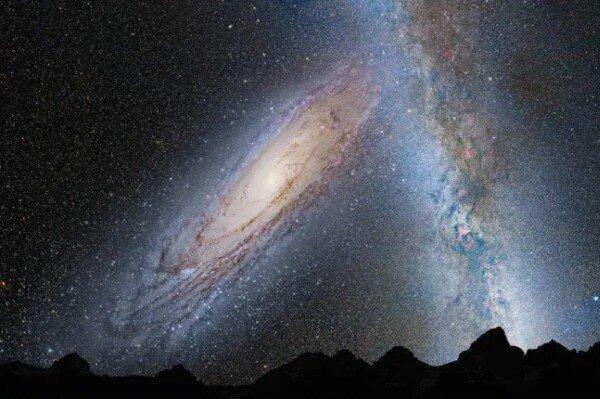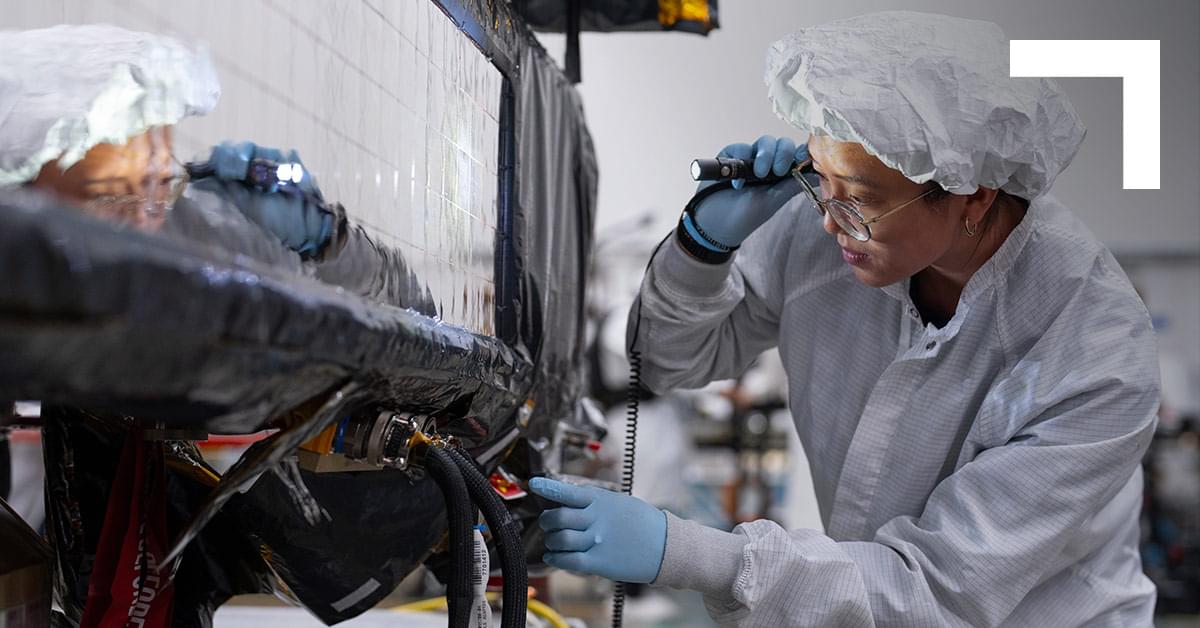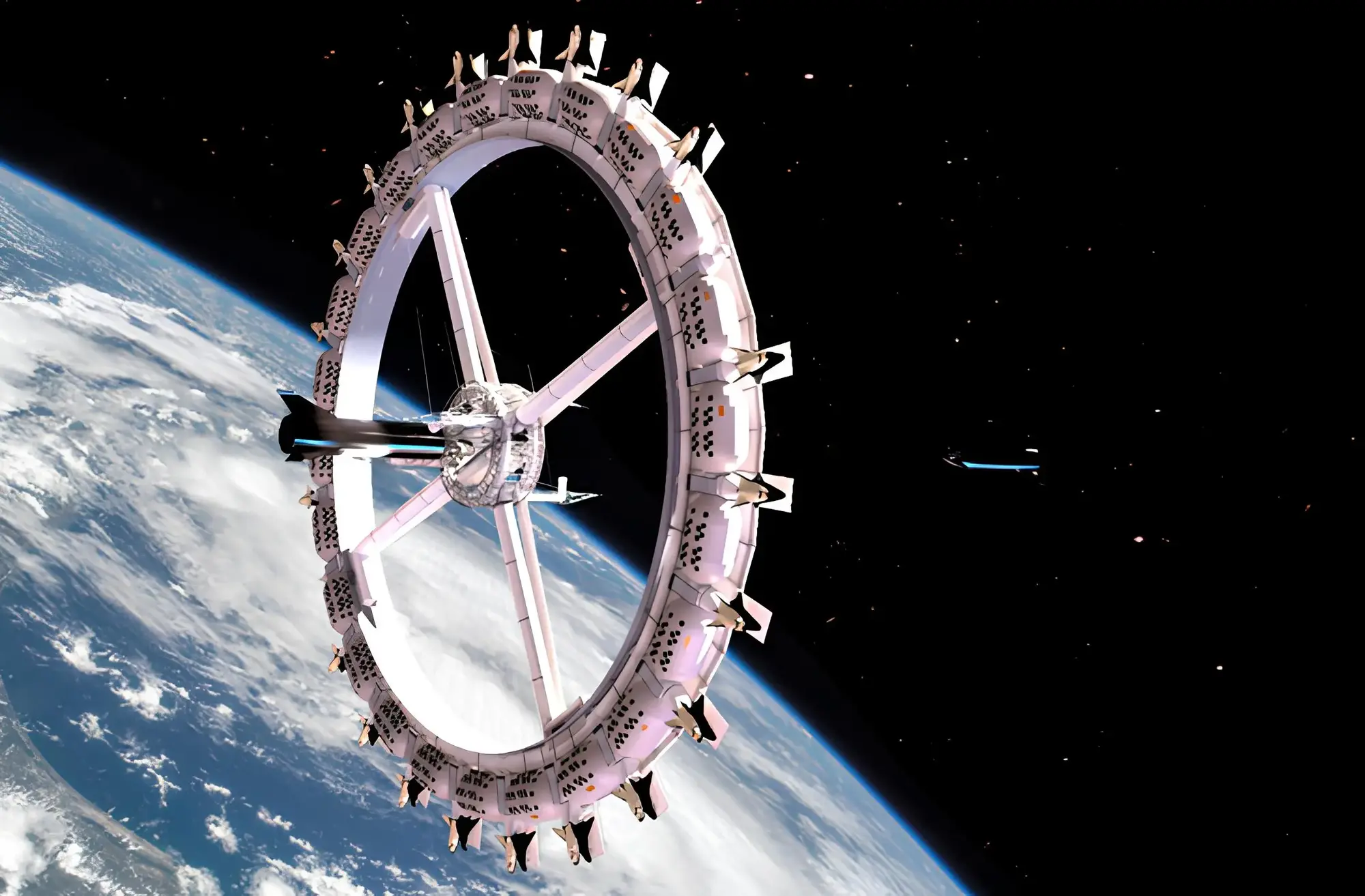Scientists from Helsinki, Durham and Toulouse universities used data from NASA’s Hubble and the European Space Agency’s Gaia space telescopes to simulate how the Milky Way and Andromeda will evolve over the next 10 billion years.
The two galaxies are currently heading towards each other at a speed of about 100 kilometers per second.
A collision would be devastating for both galaxies, which would be destroyed, leaving behind a spheroidal pile of stars known as an elliptical galaxy.









